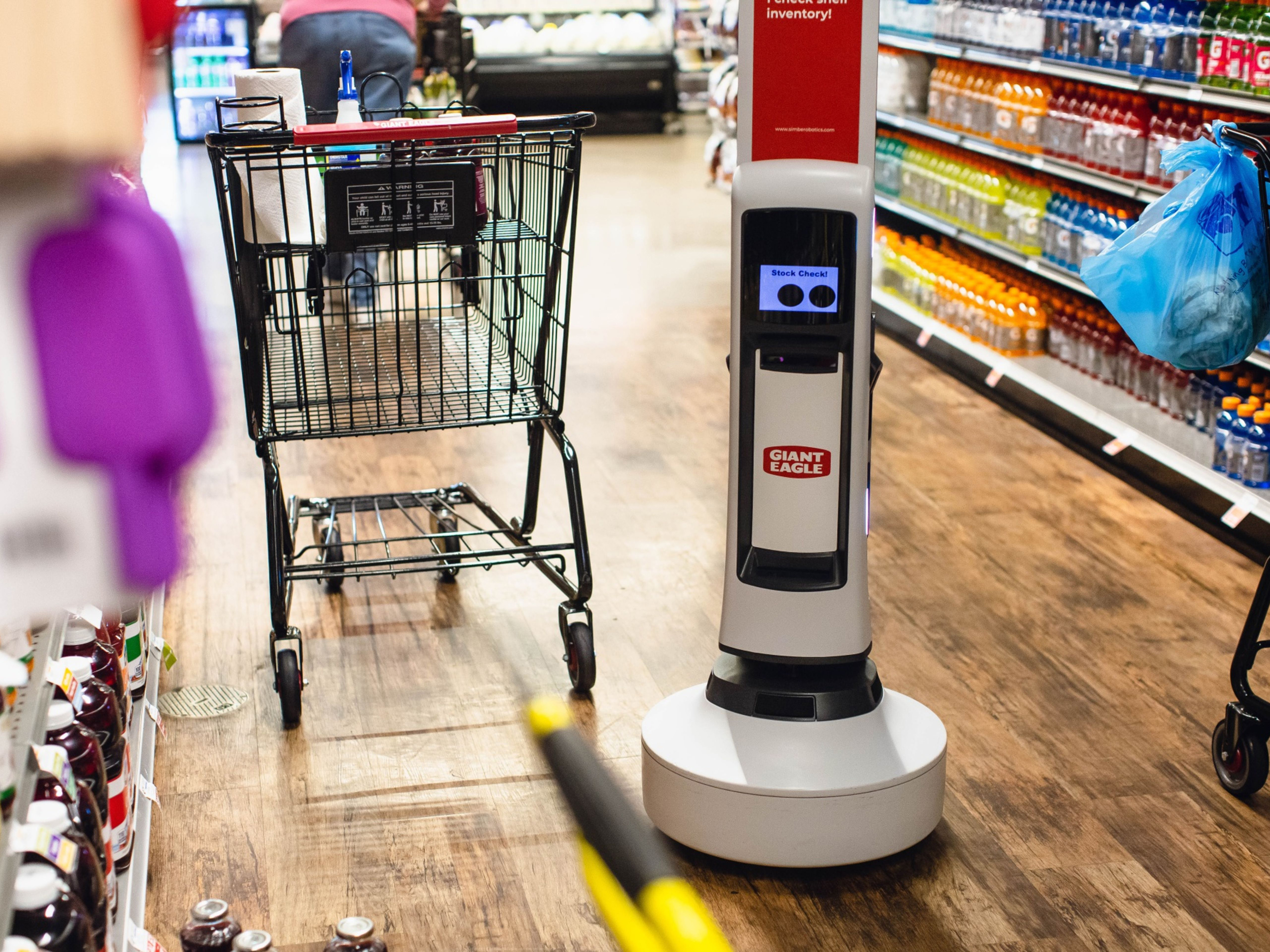
Visit Our Sponsors |
|
|
|
|
|
|
|
|
|
|
|
|
|
|
|
|
|
|
|
|
|
|
|
|
|
|
|
|
|
|
|
|
|
|
|
|
|
|

While the debate rages over whether the loss of industrial jobs is caused by offshoring, immigration or automation, the revolutionizing power of robots in the supply chain is becoming undeniable. We need to make friends with them.
The Wall Street Journal recently reported that grocers are testing micro-fulfillment systems that can spit out as many as 4,000 orders a week, but can still be housed in the back of stores or in urban areas where space is at a premium. The simple fact is that robots take up a smaller DC or warehouse footprint than human workers, can work tirelessly for longer, and don’t require medical or liability insurance. That means not only lowered costs and greater efficiency, but the ability to do things that simply couldn’t otherwise be done, such as fulfill e-commerce orders from the back of a tight urban location.
Furthermore, there’s growing evidence that warehouse workers actually welcome robot helpers. As facilities grow larger, the typical fulfillment worker can now face a day of walking 10-12 miles, as well as lifting heavy items and performing any number of physically demanding tasks. Amazon now has more than 200,000 robotic vehicles it calls “drives” that are moving goods through its fulfillment centers around the U.S. Robots can literally do the heavy lifting, leaving humans to do things only they can do, which are generally more interesting tasks. For example, robots aren’t able to easily detect what kind of liquid is in a container, or if it’s spilled within its packaging. Humans can easily understand what they’re unpacking, then find a way to safely unpack it without causing damage.
As this Amazon worker explains in a video highlighting the retail behemoth’s adoption of robots, she was manually scanning boxes to pallets, and “now I get to play with robots all day.” One executive of a warehouse robotics company I interviewed recently told me that, after implementing one of their systems in a fulfillment center in Europe, the facility manager tried to deploy staff to another area and they protested — they wanted to keep working with the robots!
Granted, putting humans and robots together requires adjustments. Some point out that introducing automatons into previously people-only operations is creating new kinds of stress and strain in the form of injuries and the unease of working in close quarters with mobile half-ton devices that direct themselves.
The adjustments, however, must include cultural and emotional ones. What with robots featuring in dystopian dramas from Metropolis to The Terminator movies, or as cutesy geek-like figures from The Jetsons to Star Wars, the truth is, we’ve long since developed powerful feelings about robots — usually without ever encountering one. That needs to change. Turns out you can tour an Amazon fulfillment center. If you haven’t already met our new robot-worker friends, it’s probably time you did. Take the kids.
Helen Atkinson is a contributing writer to SupplyChainBrain.
RELATED CONTENT
RELATED VIDEOS
Timely, incisive articles delivered directly to your inbox.






